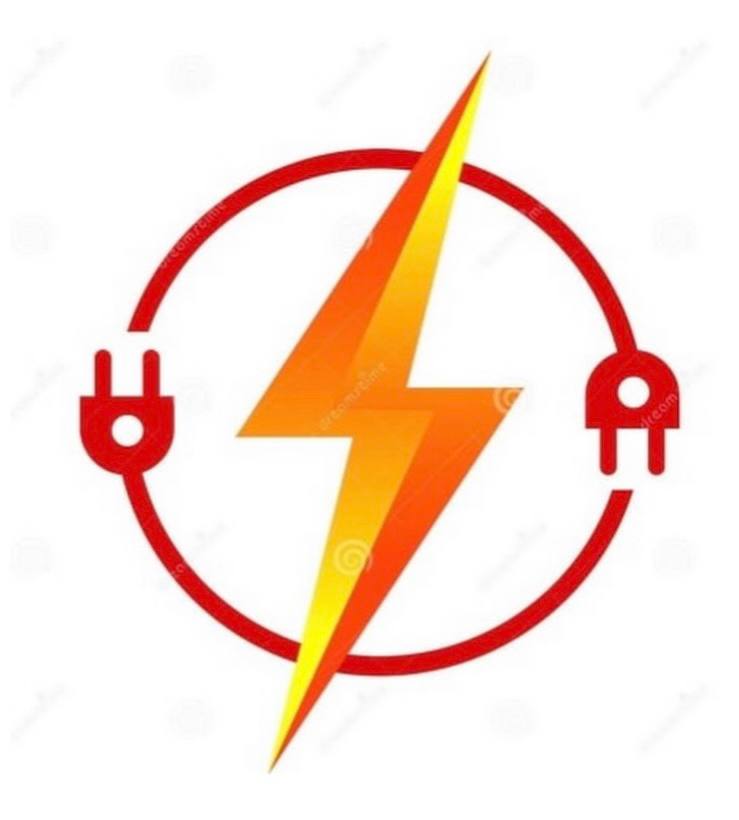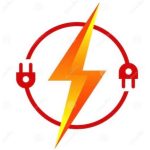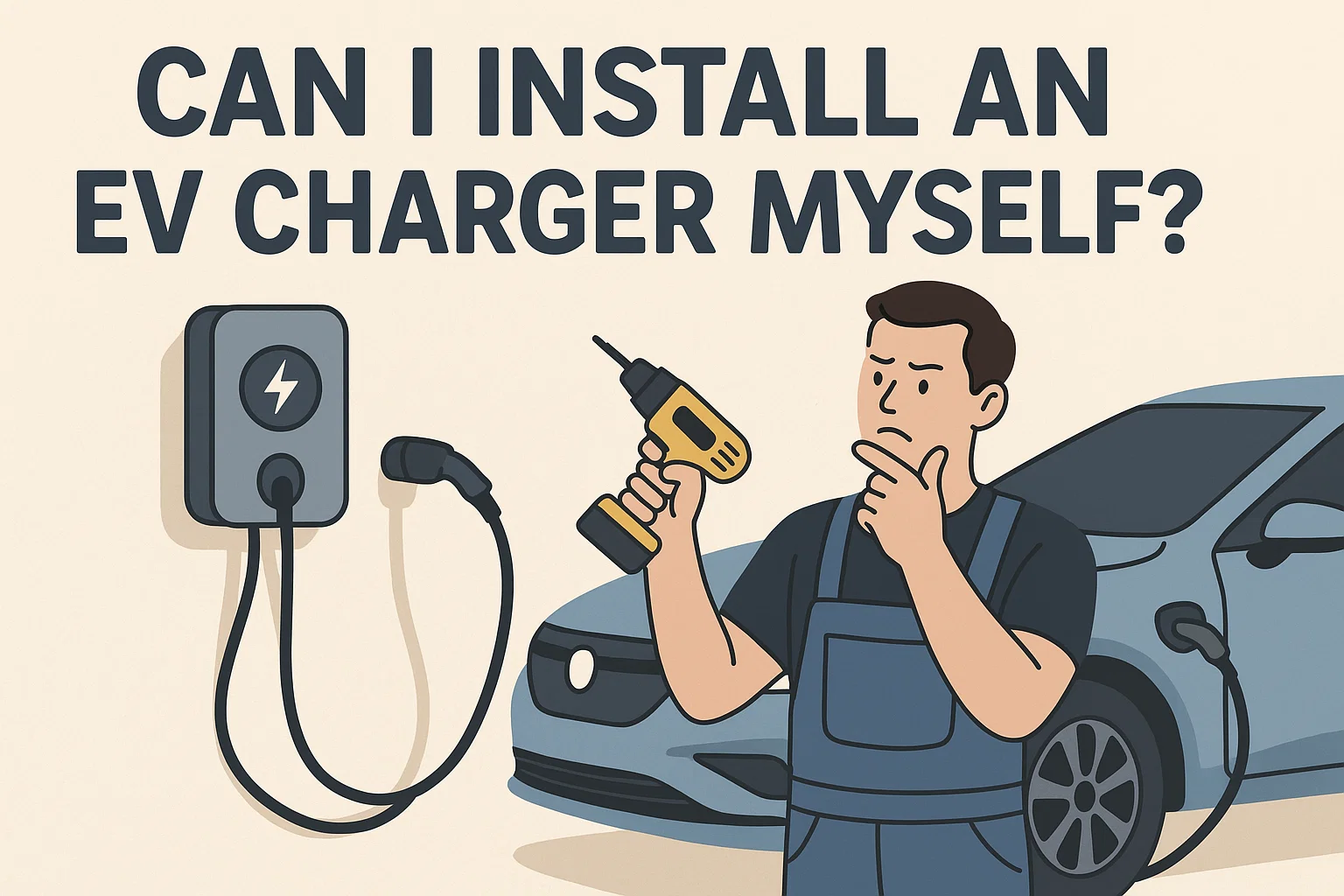
Can You Install an EV Charger Yourself? (2025 Los Angeles Guide)
Quick Answer & Safety Note
You can install a charger yourself in some scenarios. Level 1 (using a standard outlet) is typically simple. Level 2 often requires pulling a permit, running a dedicated 240V circuit, proper over-current protection, and GFCI where applicable. Local adoption of electrical-code requirements varies by jurisdiction, so always check your local rules and manufacturer instructions. Final inspection is strongly recommended (and often required).
Important: This article is informational and not legal advice. Electrical work carries risk. When in doubt, use a licensed electrician.
Jump to Section
ToggleDIY vs Pro: Which One’s Right for You?
Scenario | DIY Friendly? | What You Need to Know |
Level 1 (120V) trickle charging | ✔ Often | Minimal load; verify outlet condition, circuit load, and cord routing. |
Plug-in Level 2 EVSE (NEMA 14-50/6-50) | ⚠ It depends | Usually needs a new dedicated 240V circuit with proper breaker sizing and GFCI where applicable; permit & inspection often required. |
Hard-wired Level 2 EVSE | ✖ Usually hire a pro | Permanent wiring, conduit, bonding/grounding details, labeling, torque specs, local code compliance. |
Panel near capacity / long runs / outdoor or wet locations | ✖ Hire a pro | Load calculations, conductor sizing/derating, weatherproof enclosures, GFCI/AFCI nuances. |
Multifamily / commercial | ✖ Hire a pro | Load management, ADA, signage, bollards, metering, utility coordination. |
Permits & Local Rules (Los Angeles Focus)
- Permits are generally required in the City or County of Los Angeles for new EV charging circuits.
- Many residential installs below heavy-duty thresholds are eligible for streamlined permitting, but specifics can differ between the City (LADBS) and County portals.
- Expect a final inspection. Not pulling a permit can affect insurance, resale, and safety.
What to do now:
- Check your address jurisdiction (City of LA vs LA County).
- Apply for an EV charger/circuit permit (online portals are available).
- Schedule inspection after installation.
(On your site, link these bullets to the official LADBS / LA County permit pages and your own local service page.)
In Los Angeles County, EVSE rated under 400A typically does not require an electrical plan check and may be issued over the counter—you still need a permit and final inspection.
Source: LA County Article 85 (official code & checklist).
Step-by-Step: Safe Level 2 Install Overview
This is a high-level overview. Always follow your EVSE manufacturer’s installation manual and local code.
- Assess Your Charging Needs
- Daily miles, overnight dwell time, EV onboard charger rating.
- Decide plug-in vs hard-wired EVSE and target amperage (e.g., 32A, 40A, 48A).
- Evaluate Your Panel Capacity
- Check main service rating and available amperage.
- If near limits, consider load management or panel/service upgrade.
- Plan the Circuit
- Dedicated 240V circuit sized for your EVSE continuous load (e.g., 32A EVSE → typically a 40A breaker).
- Choose copper conductors sized per code tables for your run length/conditions.
- Use appropriate receptacle (for plug-in EVSE) or disconnect/whip (for hard-wired).
- Provide GFCI protection where required; follow any AFCI requirements per local adoption.
- Label the breaker and EVSE location.
- Pull the Permit
- Submit basic info (service size, breaker size, EVSE rating, location).
- Some jurisdictions allow same-day/over-the-counter approvals for common cases.
- Install (if you are qualified and permitted to do so)
- Mount EVSE per manufacturer clearances.
- Route cable/conduit neatly; protect from physical damage; maintain bending radius.
- Torque lugs and terminations to manufacturer specs (use a torque screwdriver/wrench).
- Maintain proper bonding/grounding and weatherproofing where applicable.
- Test & Commission
- Verify voltage, polarity, and protective device operation.
- Configure EVSE (amperage setting, Wi-Fi/app if present).
- Perform a functional test with the vehicle at a reduced current first.
- Inspection
- Be ready to show permit, EVSE manual, panel labeling, and routing details.
- Address any corrections promptly.
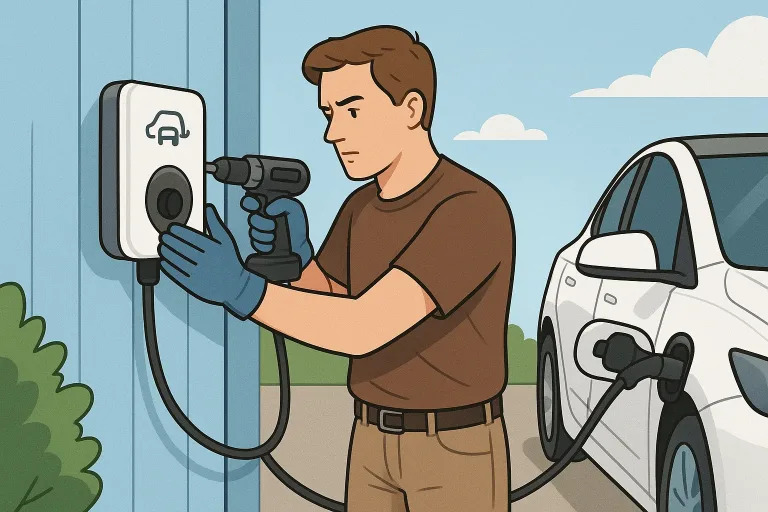
When You Shouldn’t DIY
- Hard-wired EVSE installs.
- Panels at or near capacity / unknown load calcs.
- Long runs, outdoor/wet areas, or detached structures without proper subpanels.
- Aluminum feeders, old/brittle insulation, or mixed grounds/neutrals in subpanels.
- Jurisdictions that restrict certain work to qualified persons.
- Any situation you’re not fully confident in.
Need help? Our licensed team –Farashi Electric– in Greater LA can handle permits, installation, and inspection—end-to-end.
Costs & Timelines
- Level 1: Usually $0–$100 (cord management, outlet check).
- Plug-in Level 2: ~$350–$1,200 for a new dedicated circuit (varies by run length, wall type, GFCI/AFCI, permit).
- Hard-wired Level 2 or Panel Upgrades: $1,000–$4,000+ depending on scope.
- Permits: Jurisdiction-dependent; budget both fee and inspection time.
(Replace with your local averages and a transparent price range card.)
If your budget allows and you want a future-ready, safe setup—professionally handled electrical services in Los Angeles by farashi electric may be the smartest investment. Don’t gamble with home safety—or your charger’s warranty.
Got EV charger challenges or stories? Share them in the comments—we’d love to help and hear your experiences.
•Free Panel Check & Quote — We’ll assess your panel, route, and permit path.
• Permit-Only Help — Prefer to DIY? We’ll handle permitting and inspection coaching.
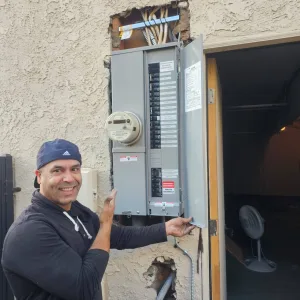
Bahram Farashi
C-10 Licensed Electrician (CA Lic. #1102687) — 10+ years installing residential/commercial Electrical Services.
FAQs
Generally no—expect to pull a permit and pass final inspection. Not doing so can affect insurance and safety.
Not necessarily. Some jurisdictions emphasize qualified/licensed installers for certain scenarios (especially hard-wired EVSE). Adoption and enforcement vary locally. Always check with your authority having jurisdiction (AHJ).
Plug-in is flexible and easier to replace; hard-wired often looks cleaner and can support higher ratings in some cases. Follow the EVSE manual and local code.
Match to EVSE continuous load and manufacturer instructions. A common example is 32A EVSE on a 40A circuit, but conductor sizing, temperature rating, run length, and local code all matter.
Many jurisdictions require GFCI protection for EV charging circuits or receptacles. Confirm local adoption and the EVSE’s built-in protection details.
